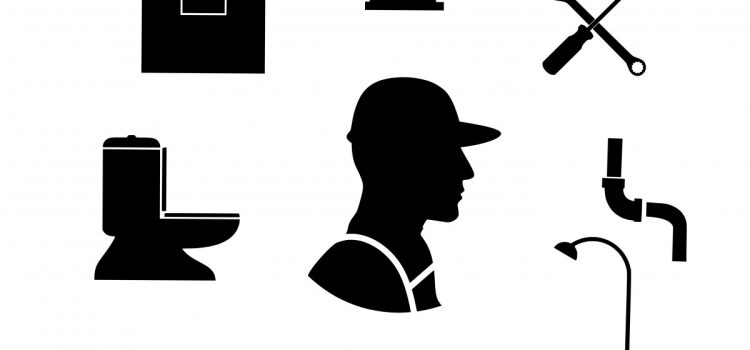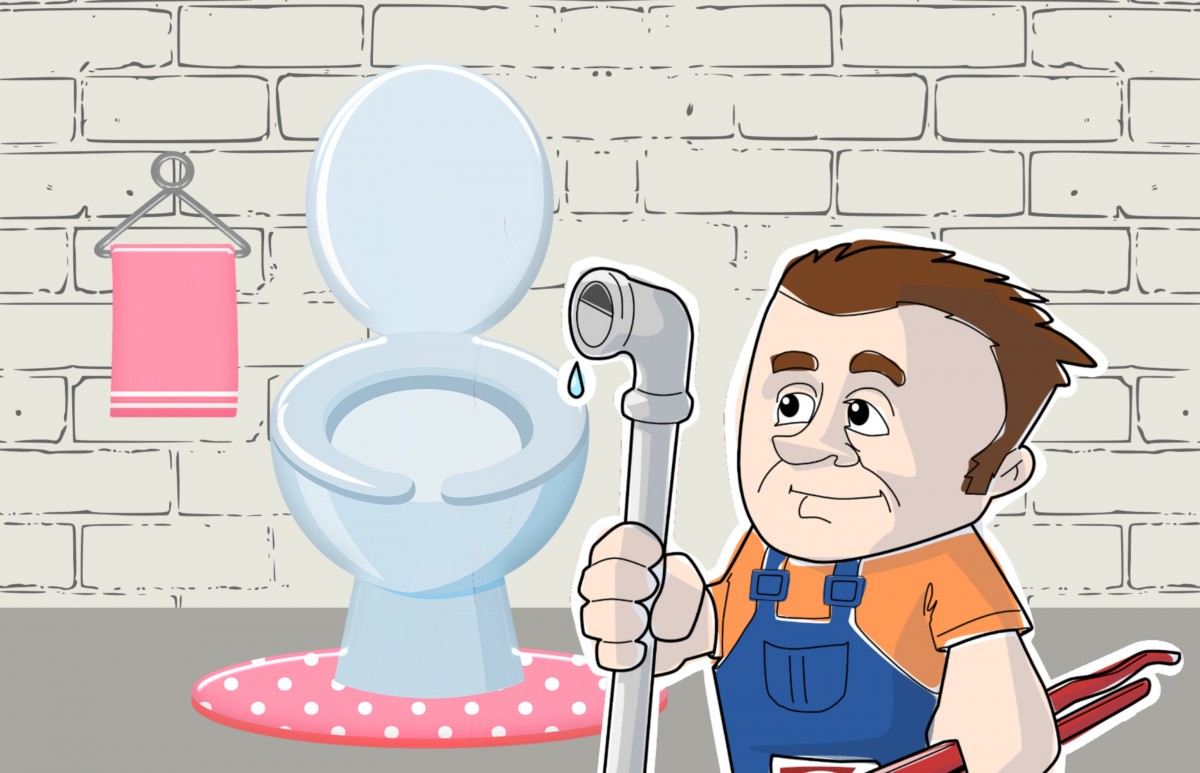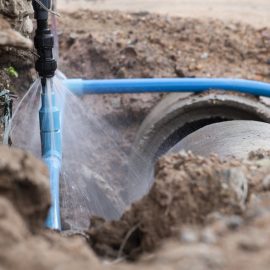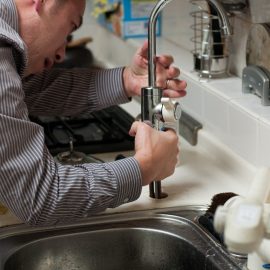
6 Common Plumbing Problems and Their Solutions
You can never be sure that something will go wrong with your plumbing system. Everything is fine, and then one day, without warning, the tap leaks, the toilet flushes, and the water comes up through an inappropriate pipe… What to do, then? This post lifts the veil on 6 common plumbing problems, their diagnosis and their solution. Here we go!
1. The water in the toilet bowl runs continuously or almost continuously
The flushing mechanism no longer fulfils its function of storing water in your tank. Like a dam, the mechanism no longer holds the water, so it flows continuously into the toilet bowl.
The solution
Whether it’s a pull or push button, your flush mechanism is defective and needs to be replaced. Opt for a quality model: Geberit or Siamp are good value for money; a low-cost model may be cheaper, but it won’t last as long.
2. The water in the flush doesn’t fill up or fills up slowly
The float of the toilet flush no longer fulfils its function of allowing water to flow into the tank. People rarely put their nose in the tank to see the state of the float. However, depending on the region and the quality of the water, the float can become clogged with limescale more or less quickly.
The solution
You need to have the float of your toilet replaced. Between supply and labour, it is often advisable to replace the entire unit: float and mechanism. This will pay for itself in no time because if the float has to be replaced, the mechanism may soon be in trouble too.
3. Water rises in an inappropriate place

Do you run water down the sink, and water comes up through the shower or bath? This kind of problem, in any order, is a sign of a blockage in your pipes.
Indeed, as water has to flow through a particular drain, if it is blocked, the water goes the other way round and then runs through the rest of the installation.
The solution
A professional plumber must intervene to unblock your pipes. He will usually be able to detect quickly where the blockage may have occurred in your system. This must be remedied as soon as possible to prevent the situation from getting worse.
It is not recommended to use unblocking products. These will weaken your pipes enormously and eat away at them from the inside, which could lead to bigger problems.
4. Water from the tap goes all over the place
There is a good chance that the aerators inside your tap are defective. They are either clogged, full of limescale or broken. The water does not flow normally and goes where it can.
The solution
You can dismantle your tap, recover the aerators and clean them to remove the scale. You can also have the aerators replaced or the tap itself because if the aerators are worn, the mixer tap must also be old.
A professional plumber usually has these parts fairly standard and can do a small plumbing repair or replace the mixer tap.
5. The tap or mixer drips
On a mixer tap, the cartridge responsible for mixing hot and cold water is no longer fulfilling its mission. On a mixer tap, it is the heads.
The solution
You can have the heads of a mixer, or the cartridge of a mixer replaced, but it is preferable to replace the tap directly. For the same price (or even less), you replace your old tap with a new one. Of course, it all depends on the tap you choose. There are all sorts of prices depending on the brand and model.
6. There is not enough pressure
When you take a shower, only a trickle of water flows out? The lack of pressure may be due to a clogged showerhead, corroded pipes or, in the worst case, a water leak in your plumbing system.
The solution
You can start by removing limescale from your showerhead and faucet aerators. Use anti-limescale products or a very effective grandmother’s remedy: bicarbonate + white vinegar. Don’t hesitate to change the entire shower head if it cannot be repaired.
If the problem persists, contact a plumber. Only he will be able to determine the cause (corrosion or leakage) and remedy it. The price of a pipe change will depend on the material to be used and the length of the pipe to be changed.



